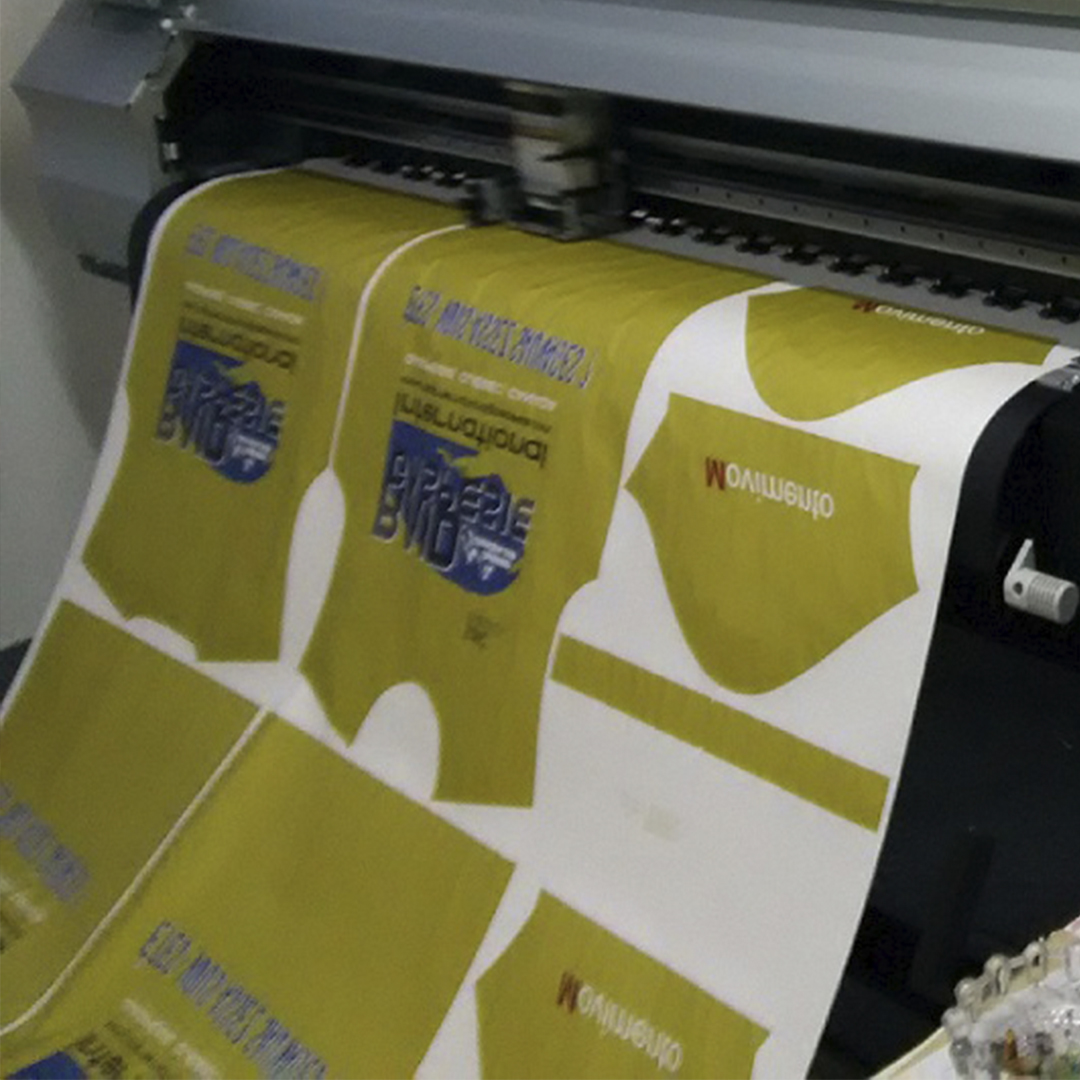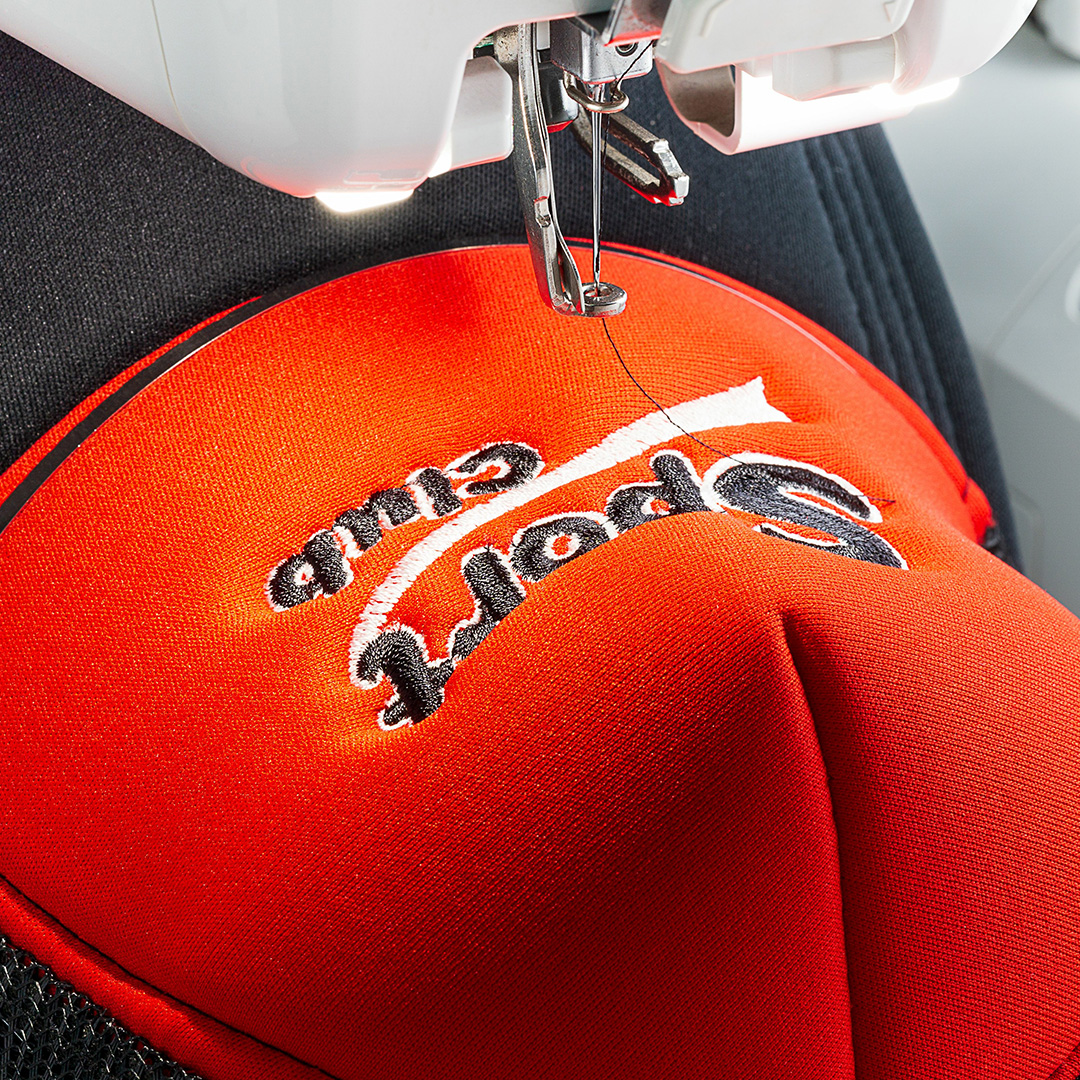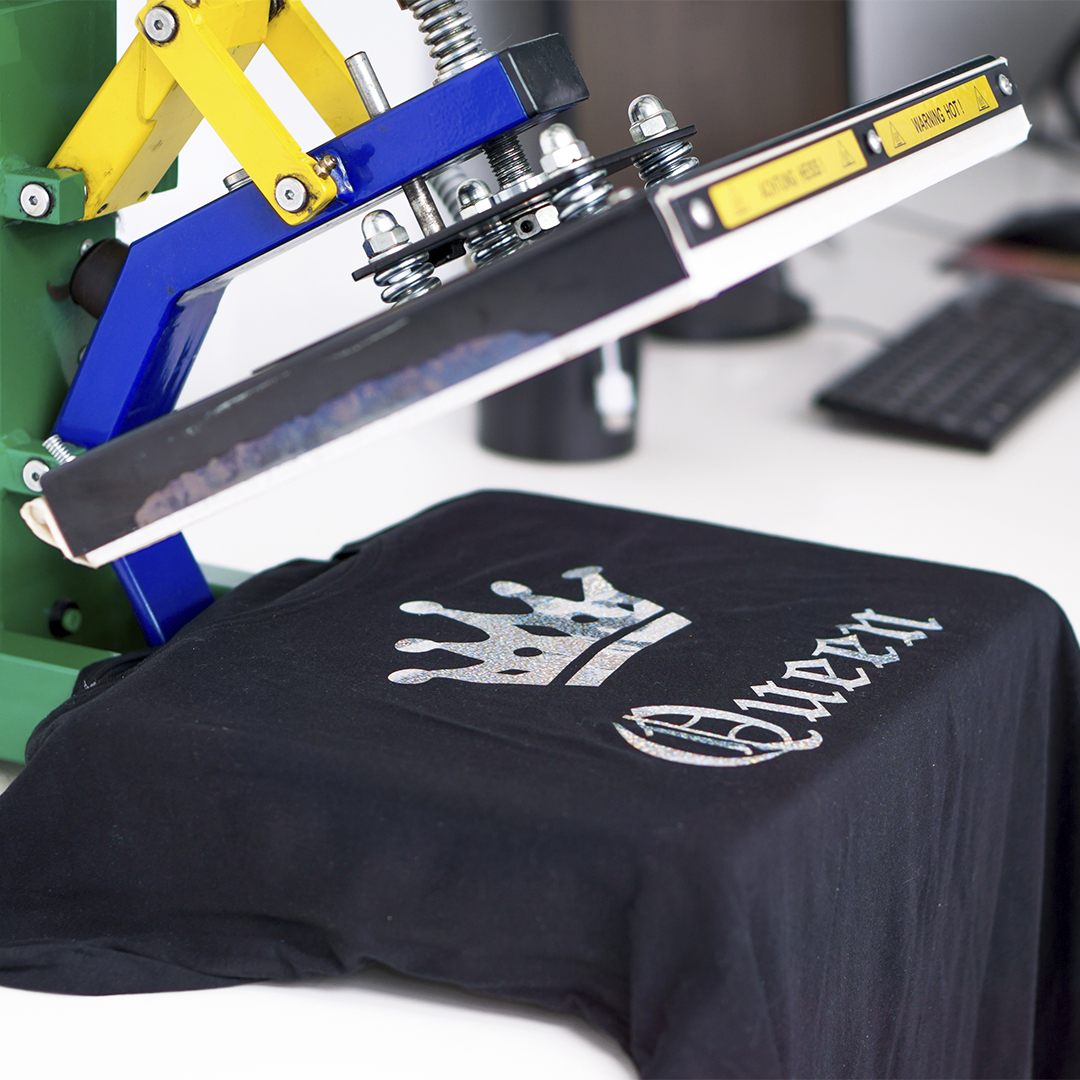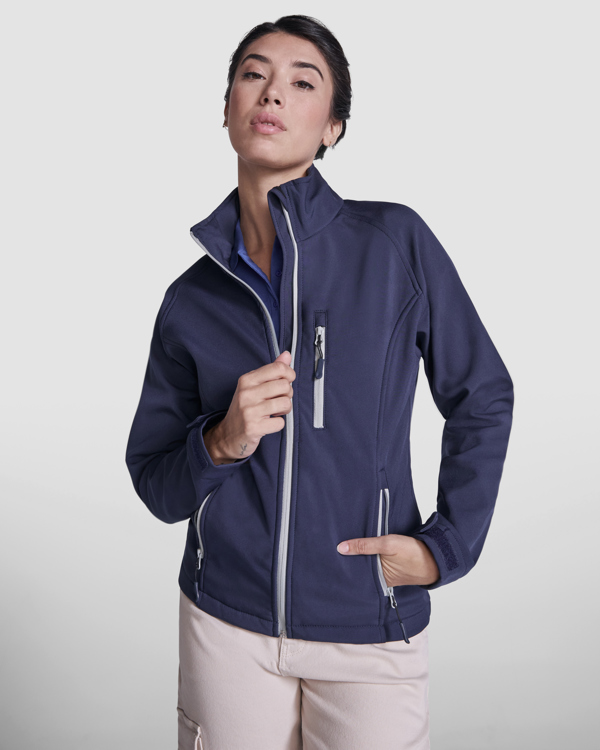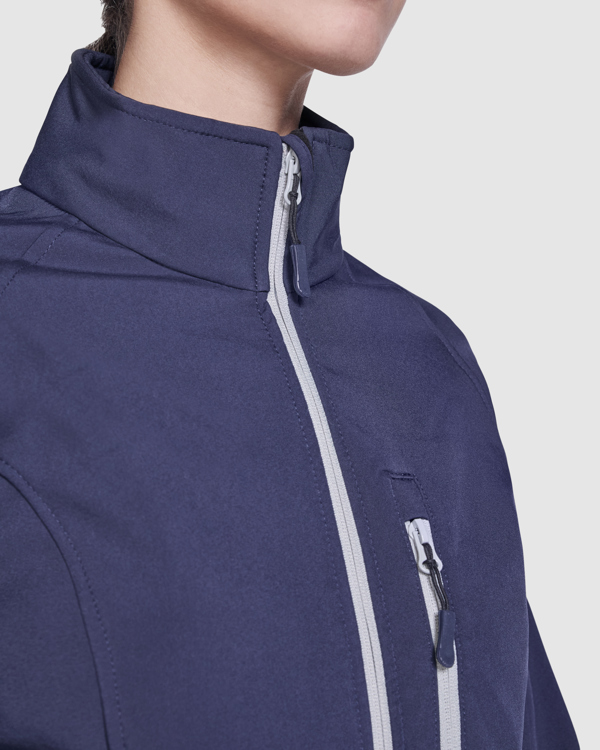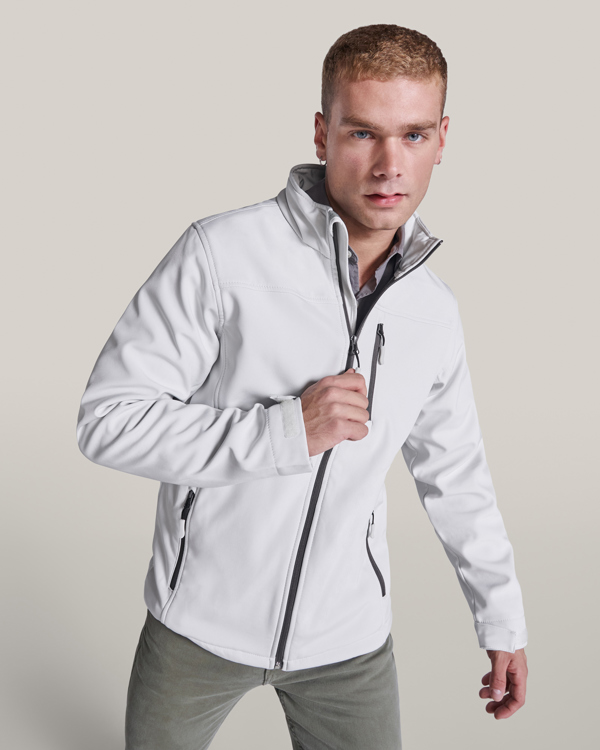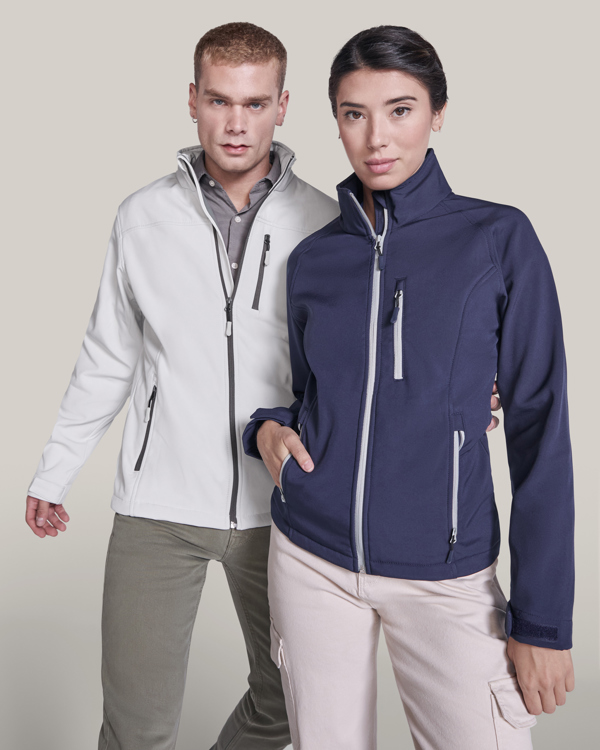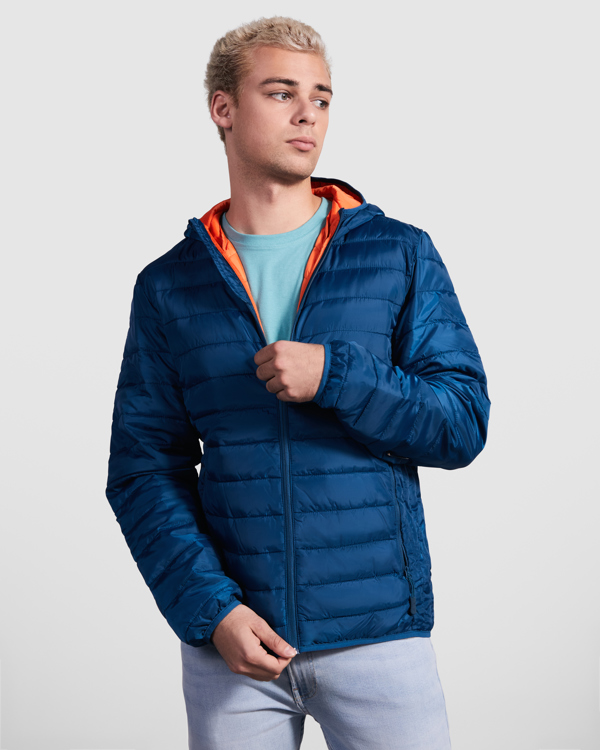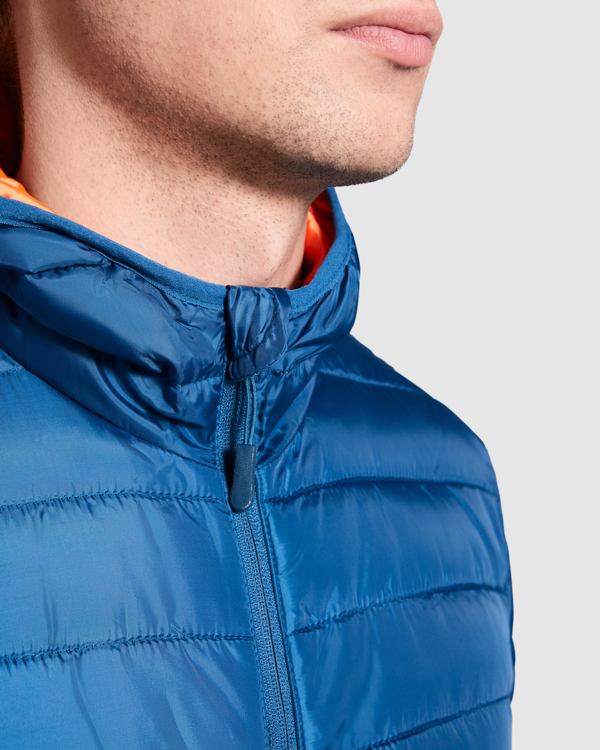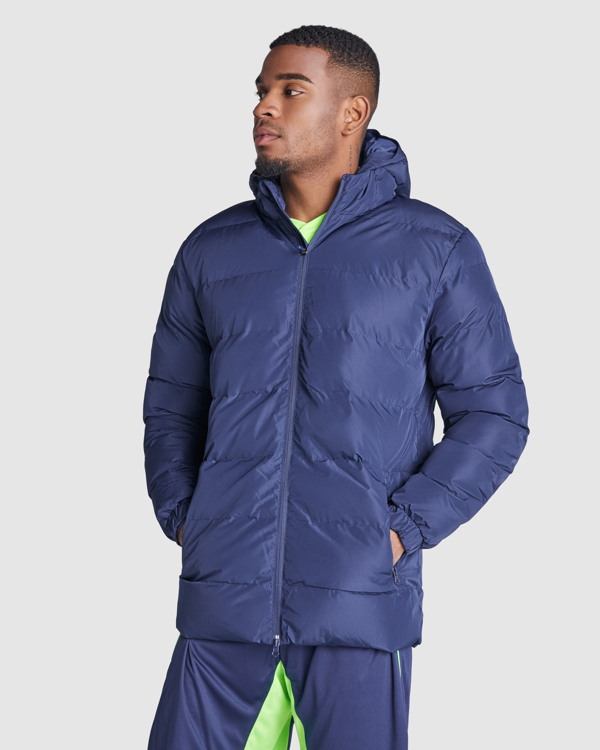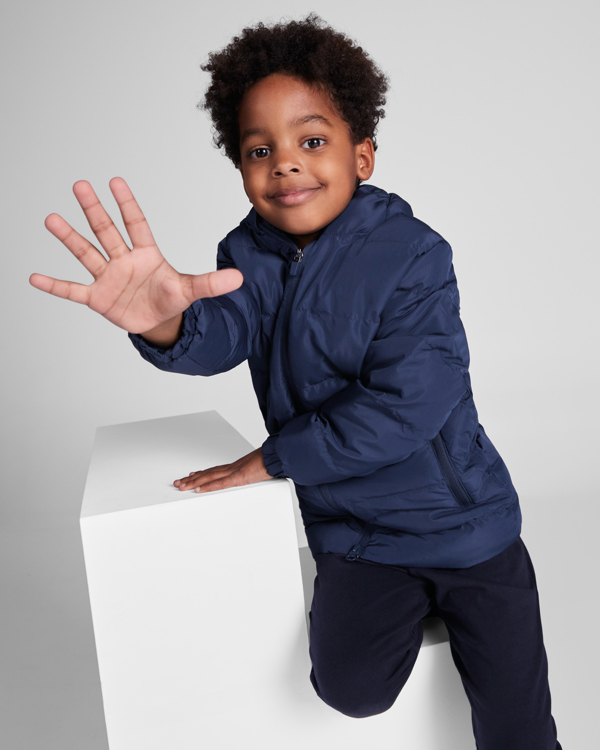The Kai unisex lightweight GRS recycled circular jacket – the biggest positive impact maker in terms of environmental performance. It all starts with a good design, a design with less impact on the environment. The total average reduction in impact already made with 1 jacket is as follows: 22% eco-costs, 17% carbon footprint and 32% CED. Made of 130 g/m² 200T taslan fabric of GRS certified recycled nylon, the Kai is a classic lightweight, fully seam sealed jacket to ensure enhanced water resistance. Bad weather hardly stands a chance with this 5000 mm water protection, and the 5000 g/m² breathability brings comfort. Developed with a waistband for a more flattering fit, waterproof zippers (including the pockets), and the jacket is also packable into the lower inside back pocket. Our Elevate clothing is designed for branding, but we are also aware that a (company) logo on clothing can shorten the lifespan of garments. Therefore, the Kai has been designed with a removable "logo" sleeve patch. The jacket can be returned via a take-back program featuring a QR code that provides additional information.
Size:
0 x 0 x 0
Composition: 200T Taslan of GRS certified recycled nylon, 130 g/m2, Lining, 210T taffeta of GRS certified recycled nylon, 65 g/m2
Weight: 633 grams
Units per box: 15 units
Box measurements: 54 x 27 x 41 (cm)
Digital transfer
Digital transfer is ideal for digitally marking small quantities and without color limitations. It's used on products such as document holders, backpacks, non-woven bags, cork products, and soccer balls.
Embroidery
The traditional embroidery technique allows you to personalize different types of fabrics with a high-quality finish. This customization technique is also highly durable and relies primarily on embroidering the chosen design with different colored threads. The cost of this technique depends on the area in square centimeters to be embroidered. Embroidery is primarily used on caps, T-shirts, polo shirts, blankets, towels, and all types of textile products.
Silkscreen transfer
Silkscreen transfer is a technique similar to silkscreen printing. The difference is that instead of transferring the ink directly onto the product, it is first printed on transfer paper. This transfer paper is then applied to the product using a heat press. The advantage of this technique is that it supports four-color printing (screen printing only allows for spot colors) and achieves highly uniform results. It is suitable for small quantities of textile products. It is often used for gifts such as document holders, backpacks, non-woven bags, cork products, and soccer balls.
